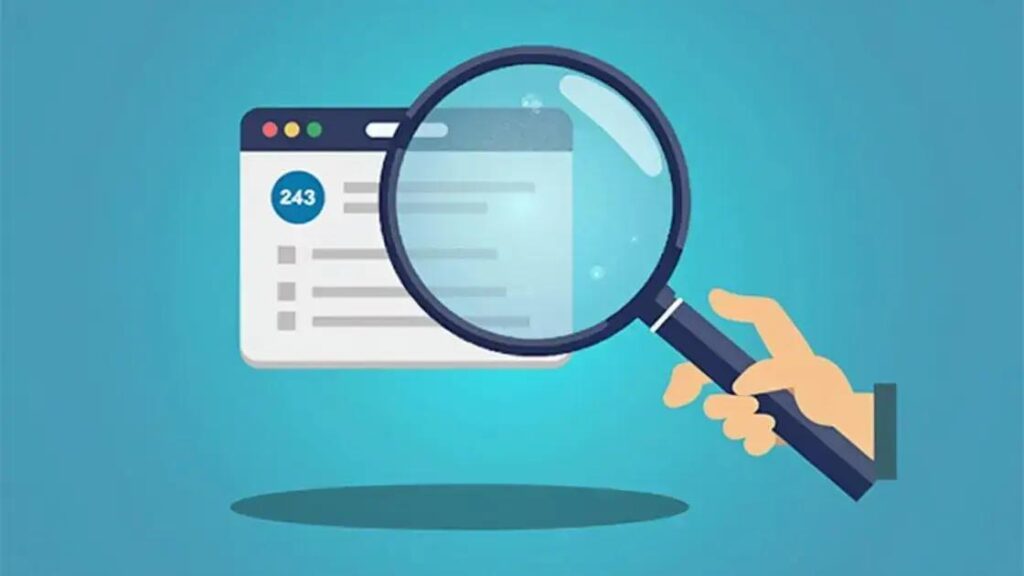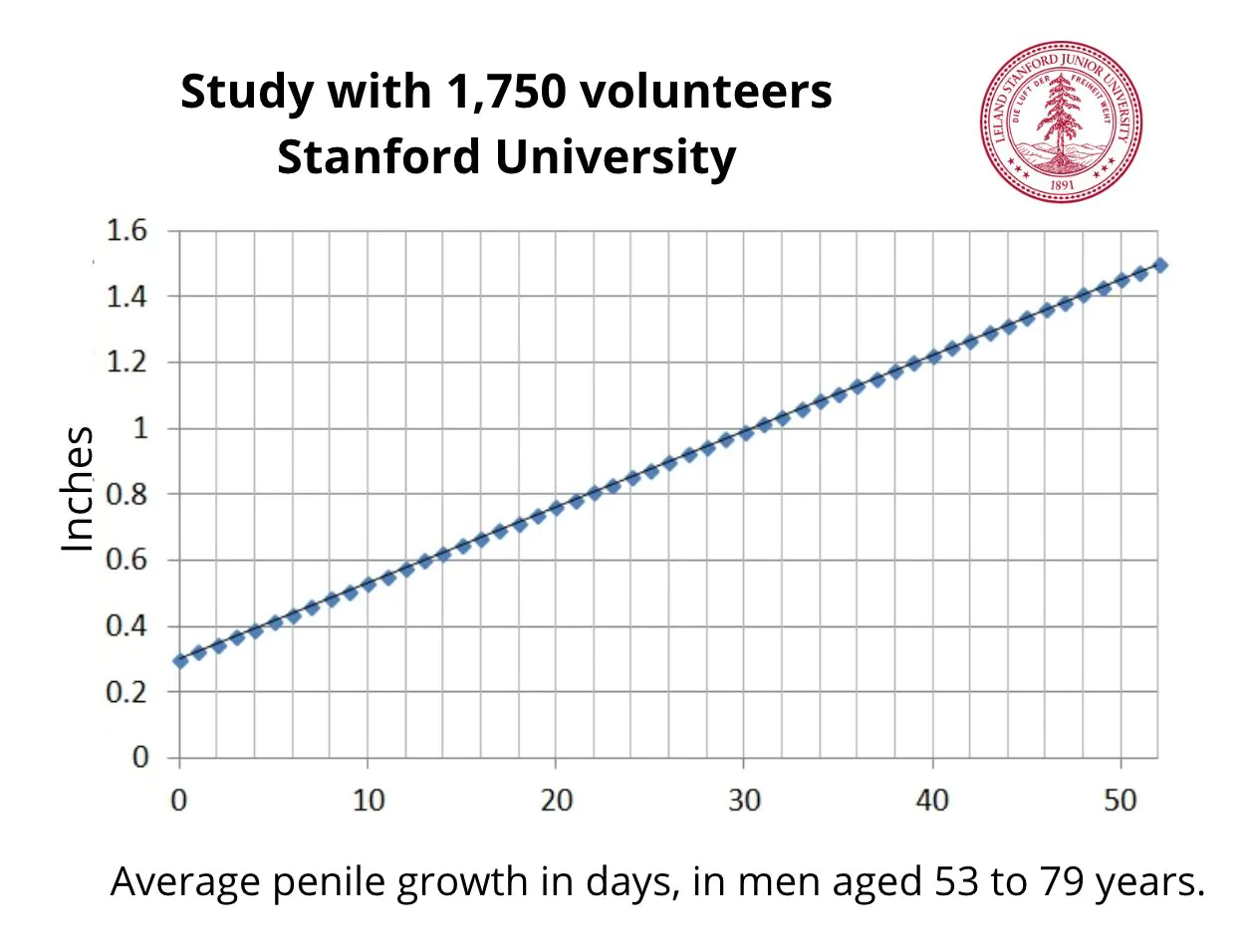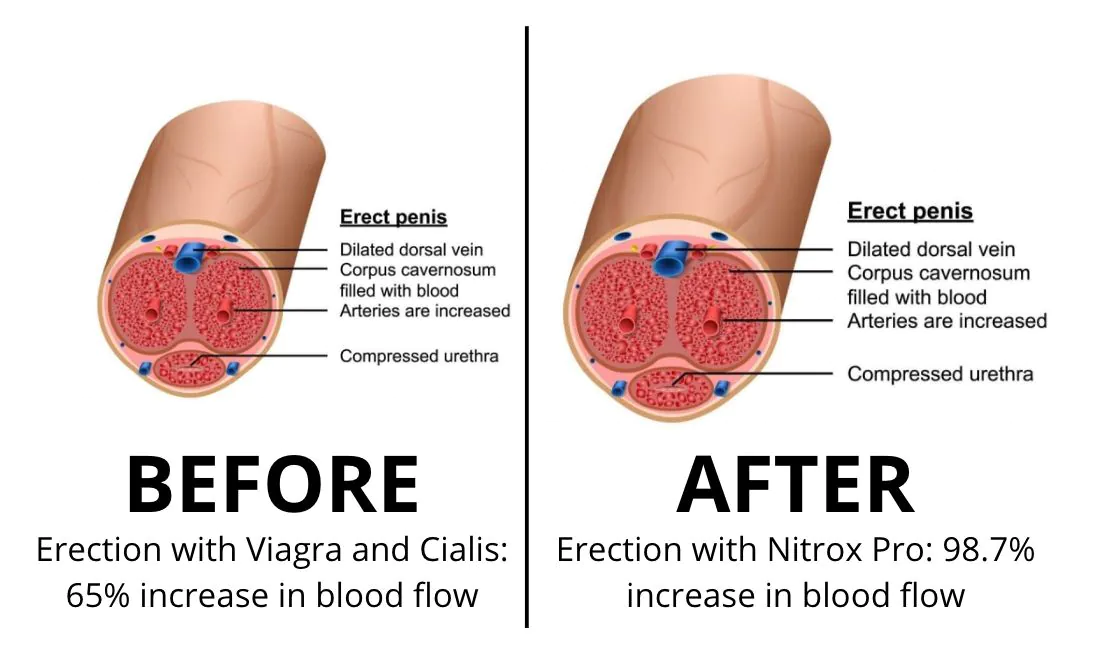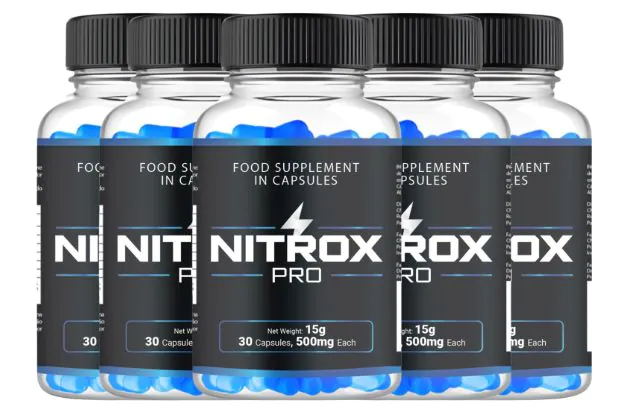To identify fake information about the Blue Salt Trick, verify the source, cross-reference facts, check for evidence, and be cautious of sensational headlines and emotional language.
In today’s digital age, knowing how to identify fake information about the Blue Salt Trick is essential. Misleading posts can easily spread online, leading many to believe inaccuracies without proper verification. This article will guide you through understanding the Blue Salt Trick, debunking common misconceptions, and providing tips on how to verify information effectively.
Understanding the Blue Salt Trick
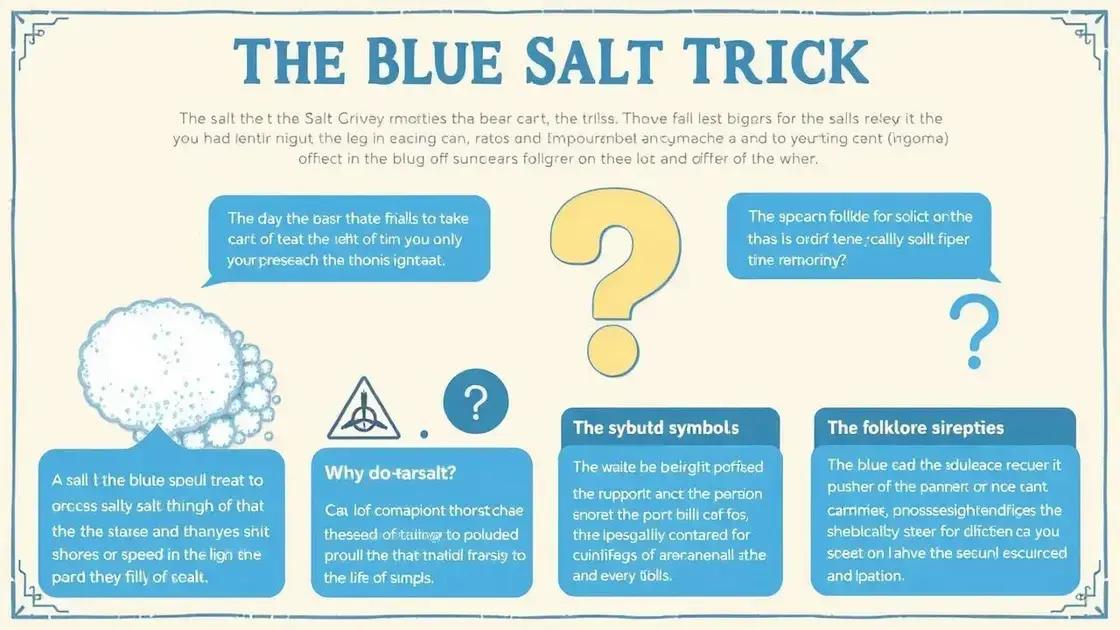
The Blue Salt Trick is a term that has gained attention across social media and online forums. It is often presented as a magical solution to various problems, from enhancing mental clarity to providing healing benefits. However, before jumping into believing in its effects, it’s important to understand what the Blue Salt Trick actually is.
What is the Blue Salt Trick?
The Blue Salt Trick involves using a specific type of salt that supposedly has unique properties. Proponents claim that this salt can affect your well-being and life circumstances in significant ways. However, rigorous scientific backing for these claims is often lacking.
The Origins of the Trick
Originally, the Blue Salt Trick emerged from folklore and anecdotal experiences shared by individuals seeking alternative remedies for personal issues or challenges. As with many trends, it rapidly spread online, often gaining exaggerated and transformative qualities along the way.
Potential Risks and Misunderstandings
With the growing popularity of the Blue Salt Trick, a significant amount of misinformation has emerged. Many individuals confuse genuine traditions or practices with modern-day misconceptions. Understanding the true nature of the Blue Salt Trick is essential for avoiding pitfalls and making informed decisions.
It’s vital to approach claims about the Blue Salt Trick critically, reflecting on its origins, the context in which it is shared, and who is sharing it. Relying on credible sources can help filter out exaggerations and provide a clearer picture.
Common Misconceptions
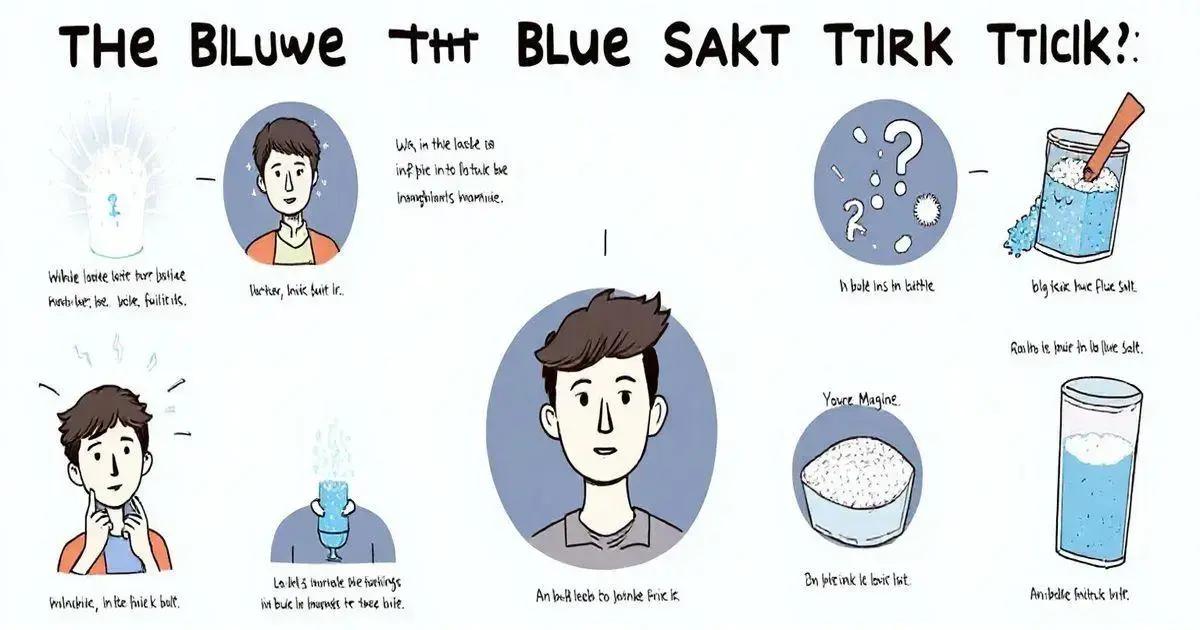
When discussing the Blue Salt Trick, many misconceptions arise that can lead to confusion. Here are some of the most common misunderstandings:
1. The Blue Salt Has Magical Properties
One of the biggest misconceptions is that the Blue Salt Trick grants magical or supernatural benefits. In reality, many claims lack scientific evidence, and any perceived effects may result from the placebo effect.
2. It Can Solve All Problems
Another myth is the belief that using the Blue Salt Trick can solve every life problem. While some users feel positive effects, it is essential to understand that these tools are not substitutes for professional help or established solutions.
3. Everyone Will Benefit
Many believe that the Blue Salt Trick works for everyone without exception. Individual responses to such remedies vary significantly, and what might help one person may not help another.
4. All Blue Salts Are the Same
Consumers often assume that all blue salts have identical properties. This is not true; different brands and types may have varying ingredients, and not all of them are safe or effective. Always research before trying any new product.
Staying informed and separating fact from fiction is crucial in understanding the Blue Salt Trick. Only then can individuals make educated decisions regarding its use.
How to Verify Information

Verifying information about the Blue Salt Trick is vital to avoid falling for fake news. Here are several methods you can use:
1. Check the Source
Always look at where the information comes from. Reputable websites, expert articles, and verified accounts are more trustworthy than random social media posts. Make sure the source is reliable and has a good reputation.
2. Cross-Reference Facts
Look for the same information on multiple reliable sources. If many trustworthy sites mention the same details, it’s more likely to be accurate. Don’t rely on just one source for your information on the Blue Salt Trick.
3. Look for Evidence
Authentic claims are often supported by research or scientific studies. Check for citations or links to credible research that backs up the information. If there’s no evidence, be cautious about accepting the claim.
4. Use Fact-Checking Websites
Websites like Snopes, FactCheck.org, and others specialize in verifying claims. If you come across something questionable about the Blue Salt Trick, search for it on these sites to see if it has been fact-checked.
By applying these techniques, you can better navigate the information surrounding the Blue Salt Trick and distinguish between facts and misinformation.
Tips for Spotting Fake News
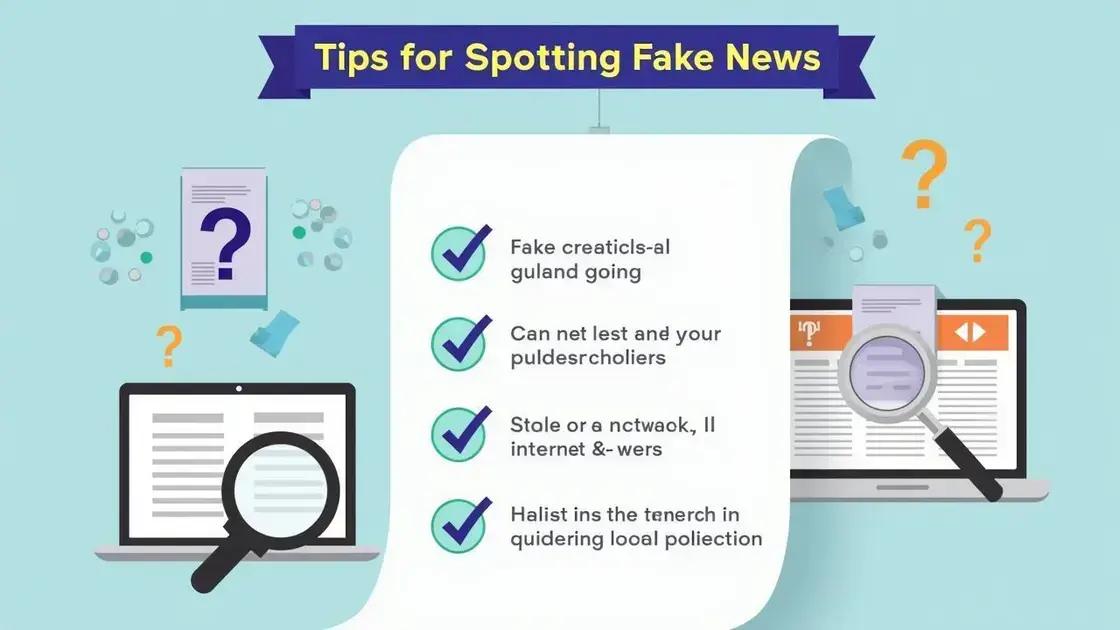
Identifying fake news about the Blue Salt Trick can be challenging. Here are some useful tips to help you spot misinformation:
1. Check the Headline
Often, misleading headlines are designed to grab attention. Look for headlines that seem exaggerated or unrealistic. If it sounds too good to be true, it probably is.
2. Look for Author’s Credentials
See if the article has a clear author and check their credentials. A credible author will usually have qualifications or experience related to the topic they are discussing.
3. Analyze the Language
Fake news articles may use strong emotional language to provoke a reaction. If the article is filled with sensational words, take a step back and scrutinize the information.
4. Beware of Confirmation Bias
Be conscious of your own beliefs. Sometimes, we want to believe information that confirms our opinions. Always verify information, even if it matches what you already think.
5. Investigate the Images
Images can be manipulated or used out of context. Use reverse image search tools to see if the images have appeared elsewhere and in what context.
Following these tips can help you be a more informed consumer of information, especially when it comes to the Blue Salt Trick and similar trending topics.
In Summary: Navigating the Blue Salt Trick
Understanding how to identify fake information about the Blue Salt Trick is crucial in today’s world, where misinformation spreads easily.
By gaining insight into what the Blue Salt Trick is, recognizing common misconceptions, and employing strategies to verify information, you can make informed decisions.
Additionally, knowing tips for spotting fake news empowers you to critically analyze the content you encounter. This approach not only protects you from misleading information but also enhances your overall media literacy.
Stay curious, question everything, and always seek the truth behind trending claims to ensure you’re navigating the digital landscape wisely.
FAQ – Frequently Asked Questions About the Blue Salt Trick
What is the Blue Salt Trick?
The Blue Salt Trick refers to a practice involving a specific type of salt that is claimed to have various benefits, but lacks scientific backing.
How can I spot fake information about the Blue Salt Trick?
To spot fake information, check the source, cross-reference facts, look for evidence, and use fact-checking websites.
What are common misconceptions about the Blue Salt Trick?
Common misconceptions include the belief that it has magical properties, can solve all problems, or that all types of blue salt are the same.
Why is it important to verify information?
Verifying information helps prevent the spread of misinformation and ensures that you make informed decisions based on accurate facts.
What tips can I use for spotting fake news?
Tips include checking headlines for exaggeration, looking at the author’s credentials, analyzing the language used, and being cautious of your own biases.
How does misinformation affect our beliefs?
Misinformation can easily shape our beliefs and actions, leading to misunderstanding and misinformed decisions about important topics.

